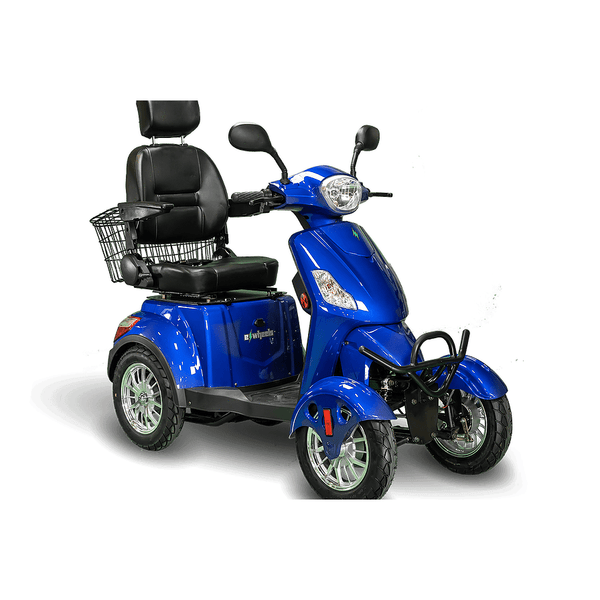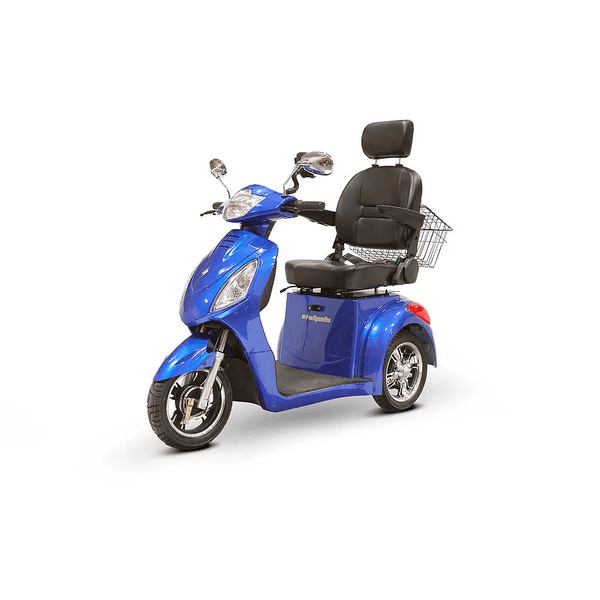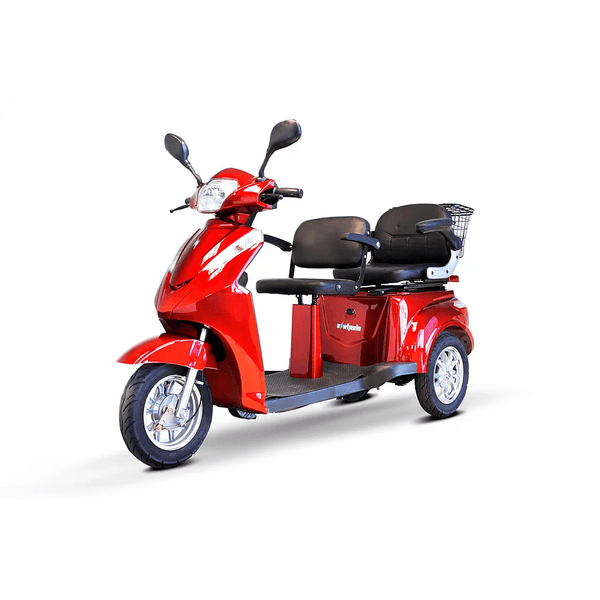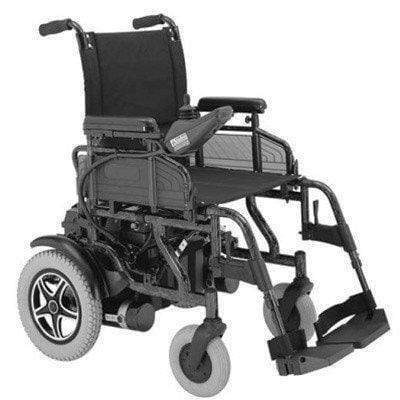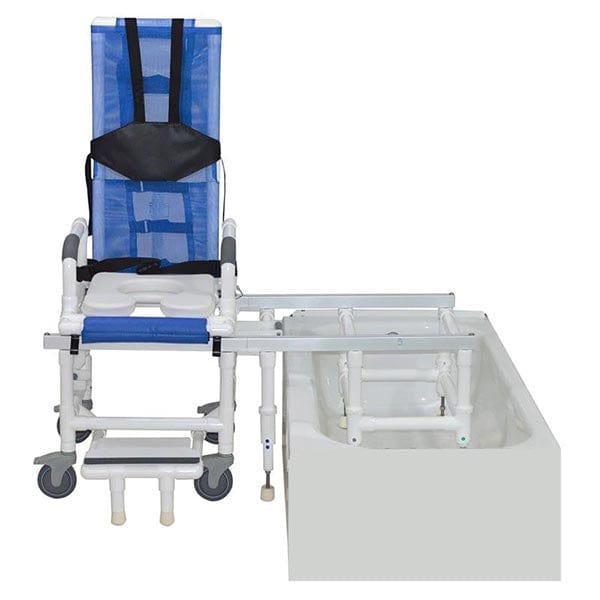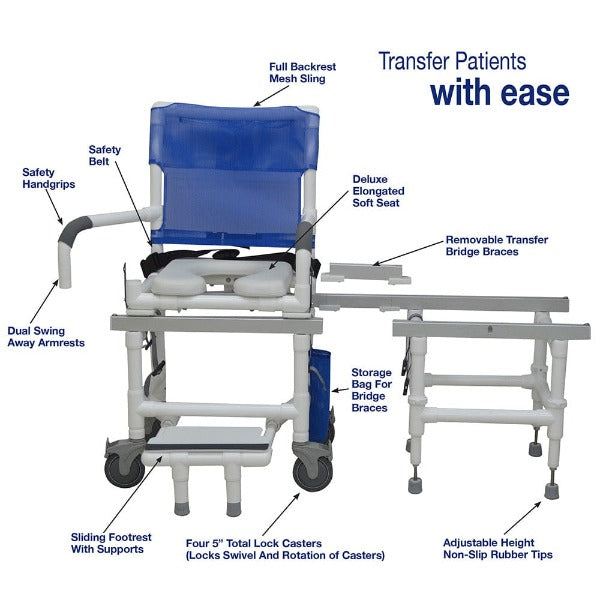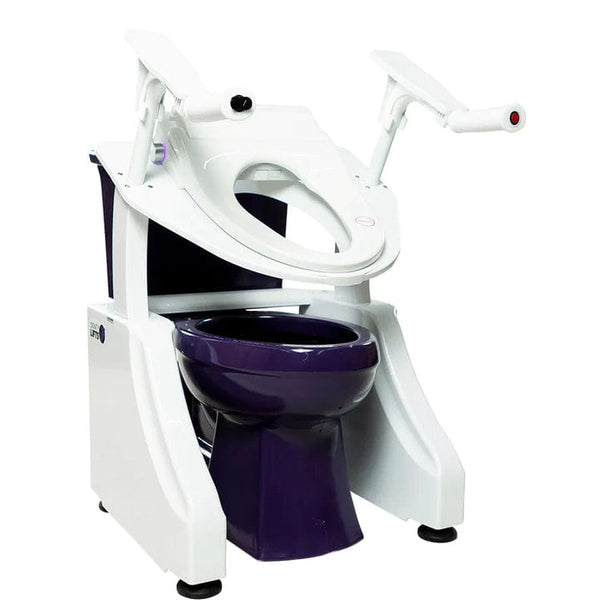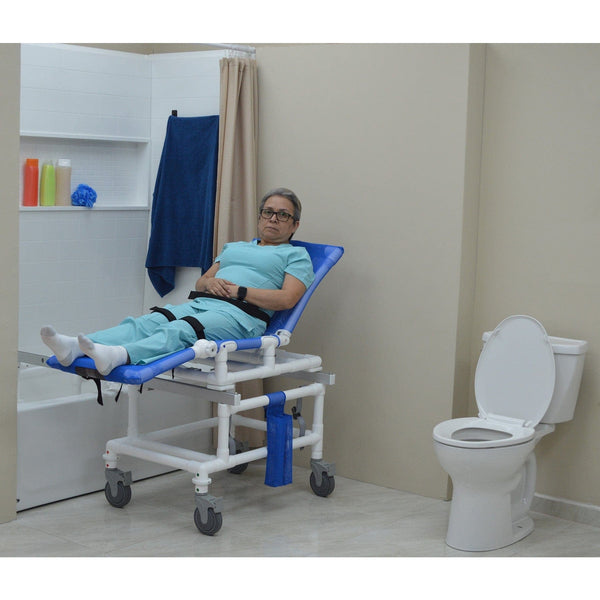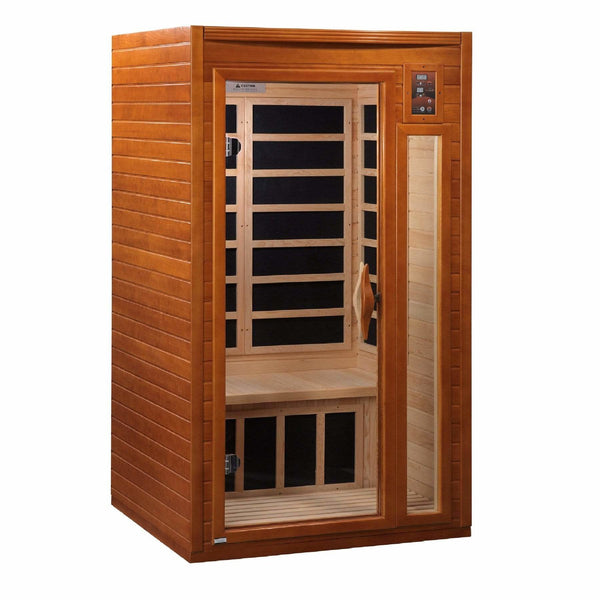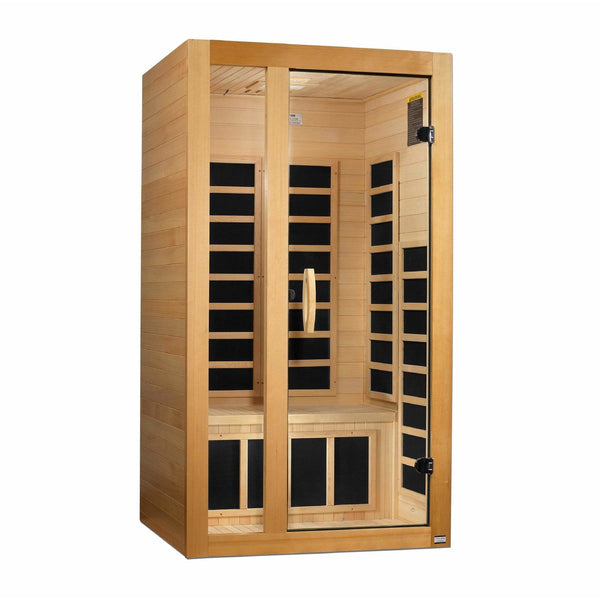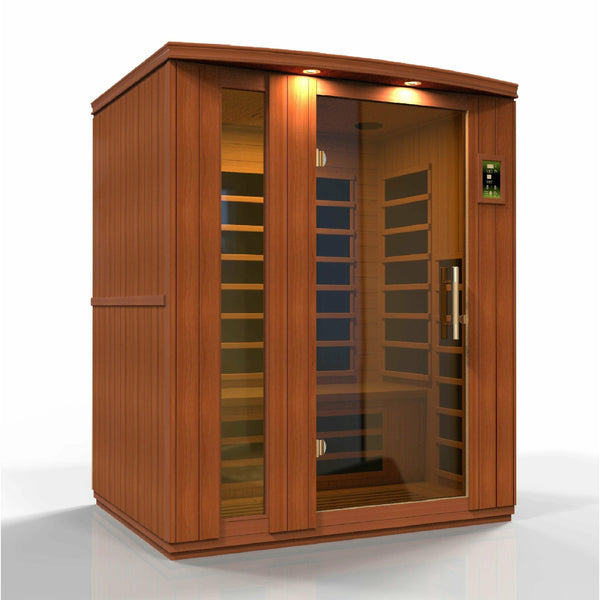Oxygen concentrators are the silent yet indispensable superheroes that countless individuals rely on to breathe easily. They have continuously transformed the medical world, offering a convenient oxygen supply to those in need.
But how do they work? In this blog, we take you behind the scenes to help you understand this vital technology. Let’s unravel the mystery.
What is an Oxygen Concentrator?
An oxygen concentrator is a medical device that provides a concentrated continuous oxygen supply to people who require supplemental oxygen therapy or those with breathing difficulties. Such people have a lower percentage of oxygen in their blood.
Unlike traditional oxygen tanks or cylinders, oxygen concentrators, with the help of technology, extract oxygen directly from the air. This helps ensure the user receives a constant supply of oxygen.
Common groups of people who benefit from oxygen concentrators include:
- Chronic Obstructive Pulmonary Disease (COPD) patients. Conditions such as emphysema and chronic bronchitis impair lung function.
- Pneumonia and respiratory infection patients.
- Individuals who have asthma.
- Heart failure patients.
- A few patients with sleep apnea may also need oxygen therapy.
- People living in high-altitude areas.
Your medical practitioner should prescribe and monitor the use of an oxygen concentrator. They’ll assess your oxygen levels and determine the appropriate flow rate and duration of the therapy.
Components of an Oxygen Concentrator
When you pull back the ‘curtains’ of an oxygen concentrator, you reveal the crew components that make the magic happen. Here are the elements of an oxygen concentrator and their respective functions.
Air Filter
The air filter is the bouncer at the Oxygen nightclub. It filters dust and contaminants from the air sucked into the concentrator. This ensures that the quality of oxygen produced is safe to inhale.
Compressor
As the name suggests, the compressor pressurizes and compresses the incoming air. It’s essential to increase the air pressure for the subsequent steps. Here, the oxygen is prepared for extraction.
Sieve Beds
This is the heart of the oxygen concentrator. It has two sieve beds. In one bed, Nitrogen is adsorbed, while in the other, it is vented out.
Switching Valves
The valves regulate the oxygen flow and ensure it is at the required flow rate in liters per minute.
Humidifier
Some concentrators feature a humidifier that adds moisture to the oxygen. This cools the air and prevents dryness.
The Oxygen Concentration Process
Here’s how the entire process takes place.
Air Intake and Filter
For the oxygen concentrator to work, it must suck ambient air from the environment. When it does, the air filter removes dust, particles, and impurities. Anyone who’s not invited isn’t allowed inside. The filter helps ensure the oxygen used is safe to inhale.

Compressing the Air
The filtered air then goes through a compressor. The compressor’s job is to increase the incoming air pressure in preparation for the next stage.
Molecular Sieve Beds
Here’s where the real magic happens. The molecular sieve beds contain zeolite pellets. These pellets can adsorb Nitrogen and other gases from the air. Think of it like a buffet, where Nitrogen is devoured while oxygen passes through.
The pellets switch between adsorbing Nitrogen and other gases and venting out the trapped Nitrogen.
Oxygen Collection
The oxygen-rich air is then collected and goes through an oxygen outlet. This outlet is connected to a mask or nasal cannula. Users can then breathe in clean, safe, pure oxygen.
The process then repeats itself. While some sieves adsorb and provide oxygen, the others flash out Nitrogen and other gases. This process ensures a constant supply of oxygen.
The percentage of oxygen in normal air is 21%, while that of Nitrogen is 78%. After going through the concentrator, oxygen is 95%, while the other gases are 5%.
Types of Oxygen Concentrators
There are various types of oxygen concentrators, each suited for different needs and preferences. Here are the main ones.
Continuous Flow Concentrators
Continuous flow oxygen concentrators are the standard and most common type of concentrators. They have a constant flow of oxygen, generally at a predetermined rate. This is measured in liters per minute (LPM).
This type of concentrator is suited for people who need a consistent oxygen supply, such as when sleeping or during physical activities.
Pulse Dose Concentrators
These concentrators give out oxygen in bursts or short pulses, usually when the user inhales. Their design serves two main functions.
- They are efficient in conserving oxygen.
- They are excellent for individuals with varying breathing patterns.
Pulse dose oxygen concentrators are lightweight, portable, and suited for people with active lifestyles.
Stationary Concentrators
Stationary concentrators are designed to be used in specific locations, such as a healthcare facility or home. They are large and heavy, weighing roughly 22 lbs. (10 kg). They feature handles and wheels to help move them.
These concentrators run on electricity, and you need to plug them into an outlet for them to operate. Some have batteries that act as backups during a power outage. This way, you can still receive oxygen until the power is back.
The Inogen One At Home Oxygen Concentrator Gs-100-Na is an excellent example of a stationary concentrator.

Portable Concentrators
These are the opposite of stationary concentrators. They are designed for people with an active lifestyle, those who aren’t confined to hospitals or homes.
As expected, portable oxygen concentrators are smaller, lighter, and have battery options. Most of these are rechargeable lithium-ion batteries.
It’s easier to move around and travel with these concentrators. The only downside is that their oxygen output is lower than stationary concentrators.
A good example is the Inogen One G4 Portable Oxygen Concentrator Is-400-Na8.

Maintenance and Care
Like any machine, you must maintain and care for your oxygen concentrator to serve you optimally. Here are some care guidelines and maintenance tips for oxygen concentrators.
- Peruse the user manual and understand it. It contains essential information about the setup, operation, and troubleshooting tips specific to the model. It will also guide you on how to maintain it.
- Clean your concentrator regularly. Use mild soap and a damp cloth to clean its external surfaces. Make sure you power it off and unplug it before the process.
- Check and clean the air intake filter as stipulated in the user manual. It’s crucial that the filter isn’t clogged; otherwise, its efficiency is affected.
- Still on cleaning, clean your mask or nasal cannula daily with water and mild soap.
- Store your oxygen concentrator in a cool area with proper ventilation. There should be sufficient space around it for adequate airflow. The storage area should also be free from dust and debris. Don’t place it near radiators, vents, or other heat sources.
- Regularly inspect your concentrator for damages, signs of wear, or loose wire. Replace or fix any issues.
- Always have a backup oxygen source nearby in case of a power outage, device malfunction, or any other emergency.
Always consult your medical practitioner or a professional whenever you experience a problem with the oxygen concentrator. Maybe it’s not functioning as it should, or there’s a problem; they will provide guidance.
Safety Precautions and Tips for Users
Safety is paramount when using an oxygen concentrator. As such, you must adhere to the set guidelines and precautions for safe and effective therapy. Here are some safety tips.
- When charging your oxygen concentrator, avoid using power strips or cords. Instead, plug it into a grounded electrical outlet.
- Avoid lighting flames or smoking near your concentrator. Oxygen supports combustion, and it can result in explosions.
- Likewise, don’t use oil-based products, sprays, and flammable substances near your concentrator.
- Place your concentrator far from heat sources such as direct sunlight, stoves, and heaters.
- Resist temptations to place items on top of your concentrator. Similarly, do not cover it. There should be proper airflow for its efficient operation.
- It’s nice to inform the airline about your concentrator when traveling by air. Follow the set guidelines and regulations.
- Switch to the backup oxygen source immediately when there is a power outage. Arm yourself with a flashlight and batteries.
- Study and understand the concentrator’s indicators and alarm systems. This will help you respond promptly to any warnings or alarms.
- Oxygen therapy may dry your nasal passages. Stay hydrated and use a humidifier if necessary.
- It is thoughtful and important to schedule regular appointments with your healthcare practitioner to monitor the effectiveness of your concentrator.
Lastly, follow the prescription and recommendations given by your healthcare professional. Contact them immediately if you experience dizziness, nausea, vomiting, headaches, and memory loss while using your concentrator.
Conclusion
Oxygen concentrators are a testament to human innovation. These ingenious devices have revolutionized the medical industry, respiratory care in specific. They are a symbol of hope and improve the quality of life for patients.
Browse through Mobility Paradise’s collection of oxygen concentrators. And if you have any questions or concerns, or want to know more about oxygen concentrators and their benefits, don’t hesitate to contact us. We are here to serve and provide you with all the necessary information.
Relax and inhale a breath of fresh air in the pursuit of well-being.




